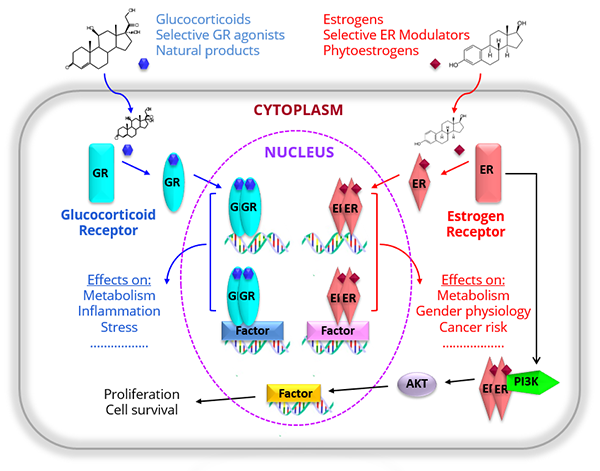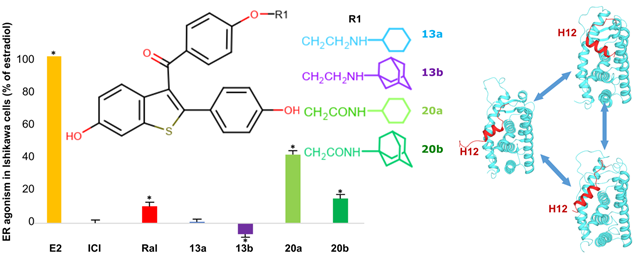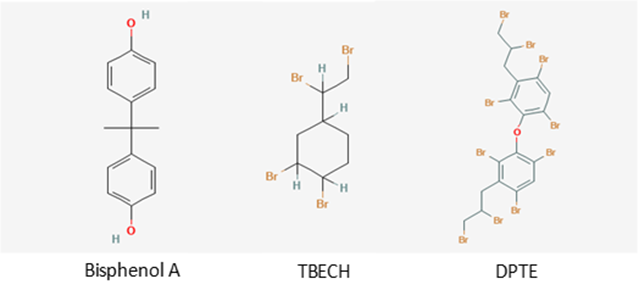Modulation of Inflammatory Pathways by Glucocorticoids
Glucocorticoids (GCs) are essential steroid hormones widely used as potent anti-inflammatory drugs; however, their clinical use is often accompanied by adverse side effects. The anti-inflammatory action of GCs is exerted through the glucocorticoid receptor (GR) in part by antagonizing the pro-inflammatory nuclear factor kB (NF-kB) whereas the majority of side effects are assumed to be mediated by transactivation of GR target genes. We previously reported the first genome-wide map of GR and NF-kB crosstalk and substantially contributed to the understanding of the networks underlying the glucocorticoid and inflammatory signaling pathways (1).

Development of Selective Glucocorticoid Receptor Agonists
Development of selective GR agonists (SEGRA) that will preferentially favor transrepression of pro-inflammatory NF-kB target genes over transactivation of genes associated with undesirable effects is expected to improve the therapeutic potential of GCs. We recently identified two 1,3-benzothiazole analogues as genuine SEGRA using a multidisciplinary approach in collaboration with the Molecular Analysis, Organic and Organometallic Chemistry and Medicinal Chemistry groups of ICB (2).

This research direction aims at developing novel SEGRA and analyzing the molecular mechanism of their action using genome-wide approaches. We use RNA-sequencing to identify the global transcriptome profile of lead SEGRAs and ChIP-sequencing to analyze their effect on the GR and NFKB crosstalk. These studies are expected to reveal signaling pathways underlying the function of SEGRA and to contribute to the continued refinement and improvement of knowledge on the therapeutic potential of SEGRA.
Supported by the following grants
- STHENOS β: ‘Targeted therapeutic approaches against degenerative diseases with special focus on cancer and ageing-optimisation of the targeted bioactive molecules’, 2017-2021. Program KRIPIS ΙΙ (ESPA 2014-2020), MIS: 5002398.
- STHENOS: ‘Targeted Therapeutic approaches against degenerative Diseases, with emphasis on cancer and aging’, 2013-2015. Program KRIPIS (ESPA 2007-2013), MIS: 447985.
Selected relevant publications
- Rao NA, McCalman MT, Moulos P, Francoijs KJ, Chatziioannou A, Kolisis FN, Alexis MN, Mitsiou DJ*, Stunnenberg HG*. Coactivation of GR and NFKB alters the repertoire of their binding sites and target genes. Genome Res. 2011, 21(9):1404-1416.
doi: 10.1101/gr.118042.110 - Potamitis C, Siakouli D, Papavasileiou KD, Boulaka A, Ganou V, Roussaki M, Calogeropoulou T, Zoumpoulakis P, Alexis MN, Zervou M*, Mitsiou DJ*. Discovery of New Non-steroidal Selective Glucocorticoid Receptor Agonists. J Steroid Biochem Mol Biol 2019, 186:142-153.
doi: 10.1016/j.jsbmb.2018.10.007





